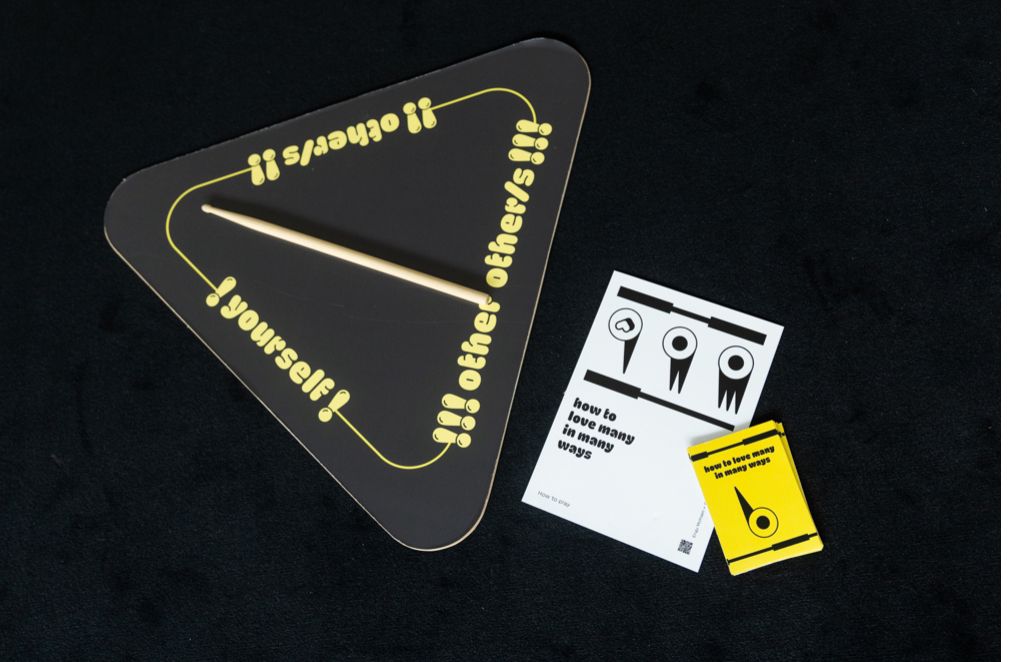Cali, Medellín, Colombia Cuba Buenos Aires, Argentina Santiago de Chile Biella, Italy
(d)estructura
- South America
- Europe
In what ways to expand the possibilities of participation, collaboration, cooperation and co-creation of the current state of the (d)estructura game?
How to collect the information that emerges during games and how to create sensitive analysis and visualization to understand that information?
How might the creation of virtual and physical platforms enhance the exploration and narratives for (d)estructura?
What potential challenges could arise when attempting to expand the range of participation in the project?
(d)estructura is a project focused on collaborative, participatory, and process-oriented creation that invites groups to engage in dialogue about fundamental values of life through playfulness. Situated at the intersection of art, play, and social research, the project embodies the principles of Social Cartography as a game that encourages horizontal forms of social interaction on a micro scale. The aim of (d)estructura is to deconstruct Abraham Maslow's pyramidal theory of human needs developed in 1943 and to reconstruct new collective structures that reflect the voices of the individuals involved, grounded in their personal experiences. This game is played in various contexts, showcasing how human needs evolve based on geographical, social, political, and economic factors, as well as different life stages.
The game involves collectively building a structure using colored pieces, each assigned a value linked to the goals and objectives that represent, at an imaginary level, an optimal state of life. Engaging in (d)estructura reveals how individual decisions impact the collective, and conversely, how collective dynamics affect individual choices; the structure can grow or shrink, pieces may change, and tension builds over time. Participants must negotiate collectively about what to include or remove; chance plays a role, but ultimately, the group decides. Since its creation in 2016, (d)estructura has served as an insightful tool for observing and mapping the evolution of changing territories. Its mission is to create new cultural and social cartographies that reflect the diverse array of actors at play.
Over the years, the game has been applied in various contexts, leading to the emergence of new organizational structures grounded in shared values and visions for possible futures. The versatility of (d)estructura allows it to adapt to different environments, ranging from intimate gatherings in private homes, where it exists as a thoughtful board game, to expansive public spaces, where it can manifest as communal sculptures that invite interaction and engagement. This scalability makes it possible to apply methodologies inspired by Do-It-With-Others (DIWO), extending the game’s reach to other communities and contexts.
Currently, we are contemplating the expansion of participation through the creation of cooperative platforms. These platforms will serve as dynamic spaces for exploration, using the game as a springboard to develop the necessary narratives for a world in flux.
Mariangela Aponte Núñez
Mariangela is a Colombian transdisciplinary artist whose work merges craft, electronics, and collective practices. She explores the art-body-life link through yoga and organic materials.
Alejandro Vasquez Salinas
Medellin 1979. Master of Fine Arts, Utrecht School of Arts,The Netherlands. He is currently Director of the Paul Bardwell Gallery of Contemporary Art at the Centro Colombo Americano and is in charge of the Deseartepaz program of the same institution.
Juan Sandoval
As an Artist, he has exhibited internationally since 1994.He is co-founder of the collective El puente_lab in Medellín, Colombia, a free lance artist and teacher.
SoC Gathering, 2025
04.07.2025 — 06.07.2025

Reflecting on the SoC Gathering this past week at Zurich University of the Arts. Find out more
Mutual aid group: playfulness
23.09.2025, 17:00 (CEST)

Alumn* members organize a monthly study and mutual aid group around the topic of playfulness. Find out more